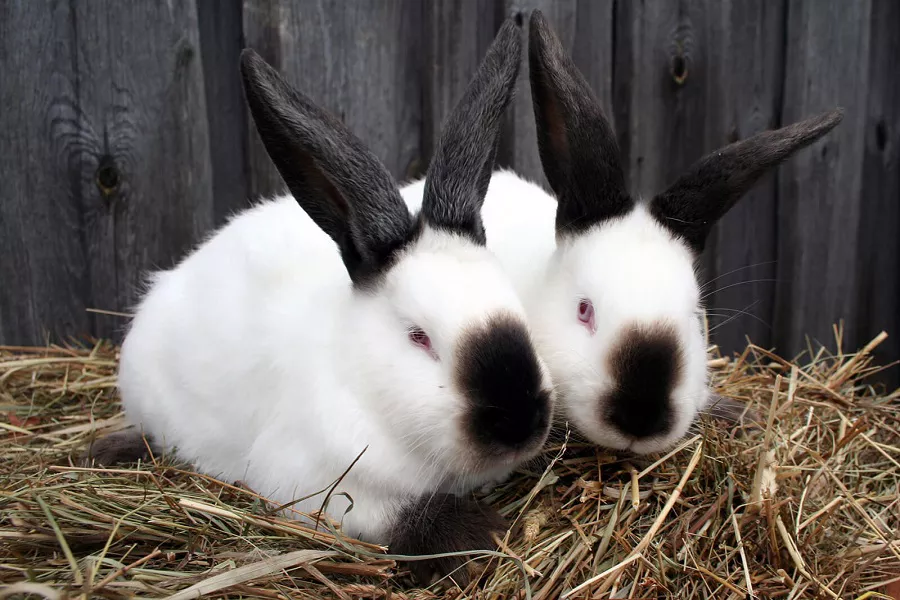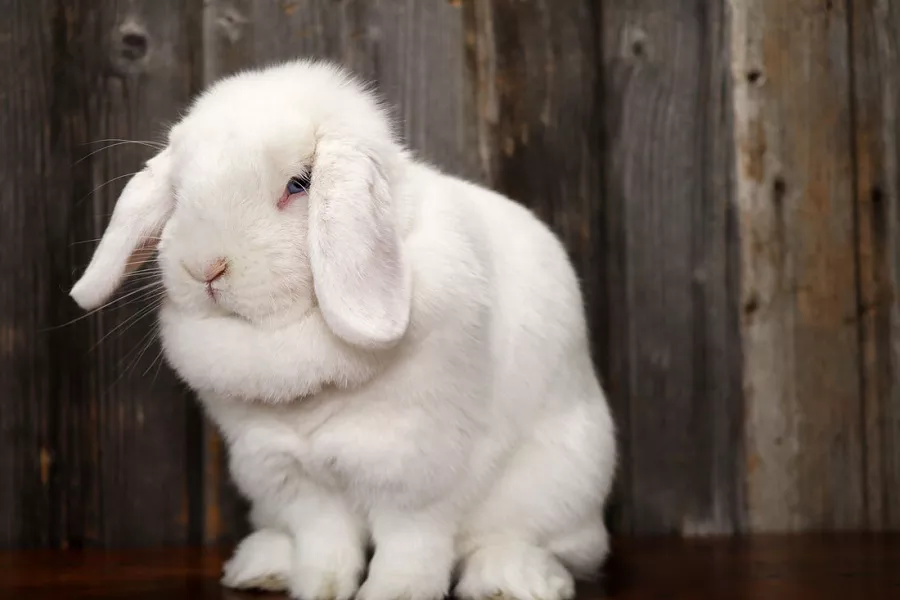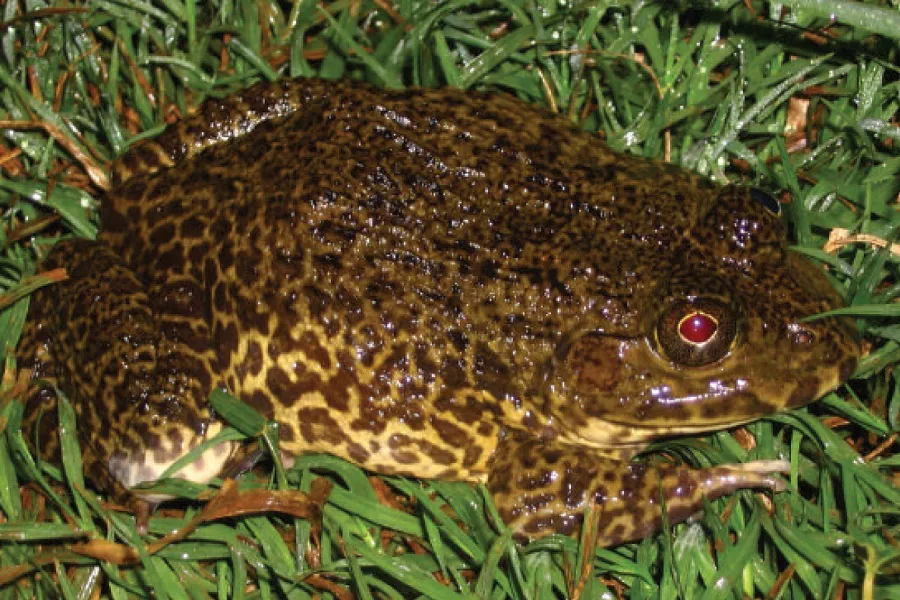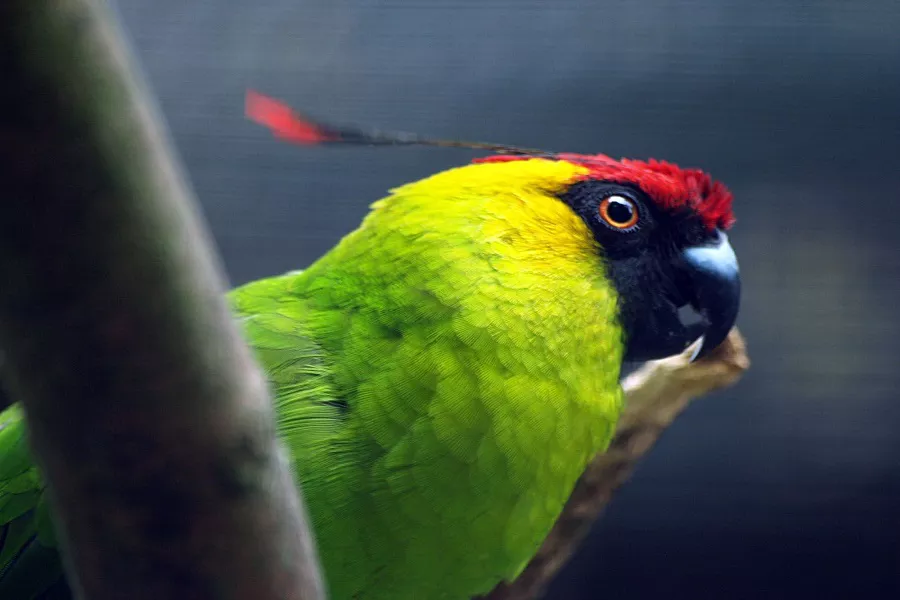What is a himalayan rabbit?
Himalayan rabbits are pure white in summer without variegation, and in winter the tail, feet, ears and nose become pure black. After long-term cultivation, it has become an excellent breed of rabbits with both skin and meat. In addition to China, the United States, the former Soviet Union and other countries have raised. Robust physique, resistant to rough feeding, strong fecundity, is a good breeding material,
What does himalayan rabbit look like?
The body is long and the head is long and narrow. The colors are special: the eyes are red, the ends of the body (tail, feet, ears, nose) are black, and the rest is white.
Black color is determined by a recessive gene, and its phenotype is also affected by temperature. The temperature at the end of the rabbit’s body is lower than that of the trunk, and all body parts with body temperature below 33°C appear black. Use an ice pack to lower the back temperature of the Himalayan rabbit, and the back will appear black; if the temperature returns to normal, the black will disappear. This is because the enzyme encoded by the coat color gene is only active below 33°C. Of course, you can also put an ice pack on the rabbit’s back, and its back will also be black.
himalayan rabbit living habits
The living environment of the Himalayan rabbit mainly refers to the selection and arrangement of the cage. Generally speaking, the cage when buying a rabbit is not suitable for its life, because the rabbit grows very fast, so the rabbit cage will soon become smaller. Set up a reasonable environment for your Himalayan rabbit.
1. Cage arrangement of Himalayan rabbits
First of all, try not to use the bottom of the net, it is best to put a soft pad or soft cloth on the bottom of the cage, because the rabbit’s hind feet are born with a soft sensor pillow, which is used to detect the enemy’s attack. Standing on the bottom of the cage for a long time will make the rabbit’s feet grow meaty, and the shape of the feet will become splayed feet, which is not good for walking. In severe cases, it may resist being picked up. In addition, the rabbit will choose one of the four corners of the cage as the toilet seat, and the opposite corner is the sleeping bed. As long as a soft cloth is placed on the bed, it will sleep well.
2. The choice of bedding material for Himalayan rabbits
Laying wood bran is a designated action, which is used to absorb urine, and to prevent the thrown rabbit hair from rising up. Remember to change it frequently, otherwise rabbits are prone to skin diseases, such as toe hair loss, calluses and so on. It is best to put wood chaff on the rabbit toilet. To train it to use the toilet, it is best to hold it in the toilet immediately when it poops, and it will know where it is “convenient” later.
himalayan rabbit rearing
The diet of Himalayan rabbits must not only ensure health and nutrition, but also ensure safety and hygiene. Especially when feeding some green leafy vegetables, pesticide residues, food cleanliness, and moisture content will cause Himalayan rabbits. , so try to do the following.
Himalayan rabbits are herbivorous, so provide an unlimited supply of grass hay. You can also add some oatmeal or molar feed to the feed. In order to balance nutrients, don’t just feed the feed, try to eat some fresh and pollution-free vegetables after the Himalayan rabbit is 6 months old, such as: water spinach, celery, green vegetables, sweet potato leaves, carrots, etc. The specific amount depends on the physical condition of the Himalayan rabbit, but it is best not to overdose.


























